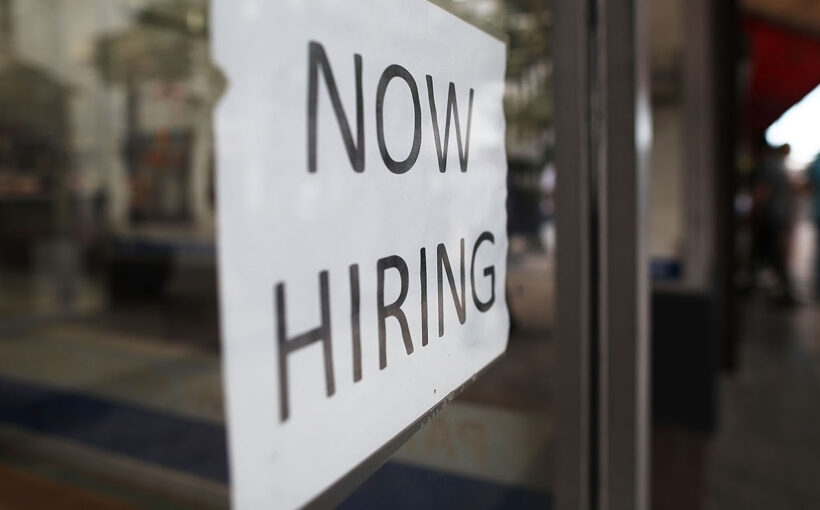The unemployment situation in the U.S. has dramatically improved since the early days of the COVID-19 pandemic. The national jobless rate reached 14.7% in April 2020, well above the worst rates of The Great Recession. Slowly, the job market recovered. Last month, the national unemployment rate was 5.9% as the economy added 850,000 jobs.
One challenge for employers today is that there are more open jobs than there are people to fill them. The U.S. Bureau of Labor Statistics reports that at the end of May there we 9.2 million job openings. “Hires”, a BLS term, however, were only 5.9 million. The spread shows just how difficult the labor market is for many American companies.
One fact remains for millions of job seekers. In June, 9.5 million Americans were out of work. The figure varies widely by both state and city.
Shortly after the outbreak of COVID-19, the Census Bureau launched a vast initiative to measure the effects of the disease on Americans. It is called the Household Pulse Survey. So far, the results have been released in three phases, which began with the first study that was in the field starting April 23, 2020. The data is released by about twice a month. The work is done in partnership with the Bureau of Labor Statistics (BLS), Bureau of Transportation Statistics, Centers for Disease Control and Prevention (CDC), Department of Housing and Urban Development, National Center for Education Statistics, National Center for Health Statistics, Social Security Administration and USDA Economic Research Service.
The most recent release of data is for Week 32. It covers the period from June 9 to June 21. One of the questions asked is about “Expected Loss in Employment Income”. The specific question targets the “Percentage of adults who expect someone in their household to have a loss in employment income in the next 4 weeks.”
The city at the top of the list is Houston, where the figure is 18.9%. That compares to the national figure of 12.3%.
Click here to read These Are The 25 Lowest Paying Jobs In America
Source: Read Full Article
